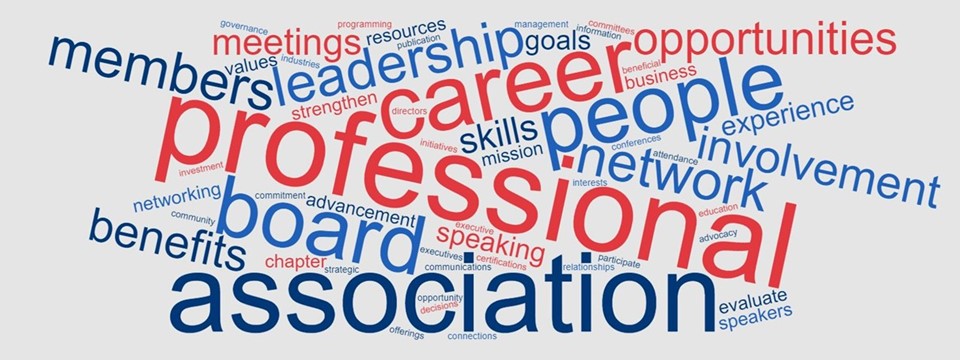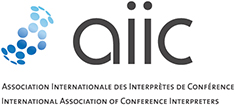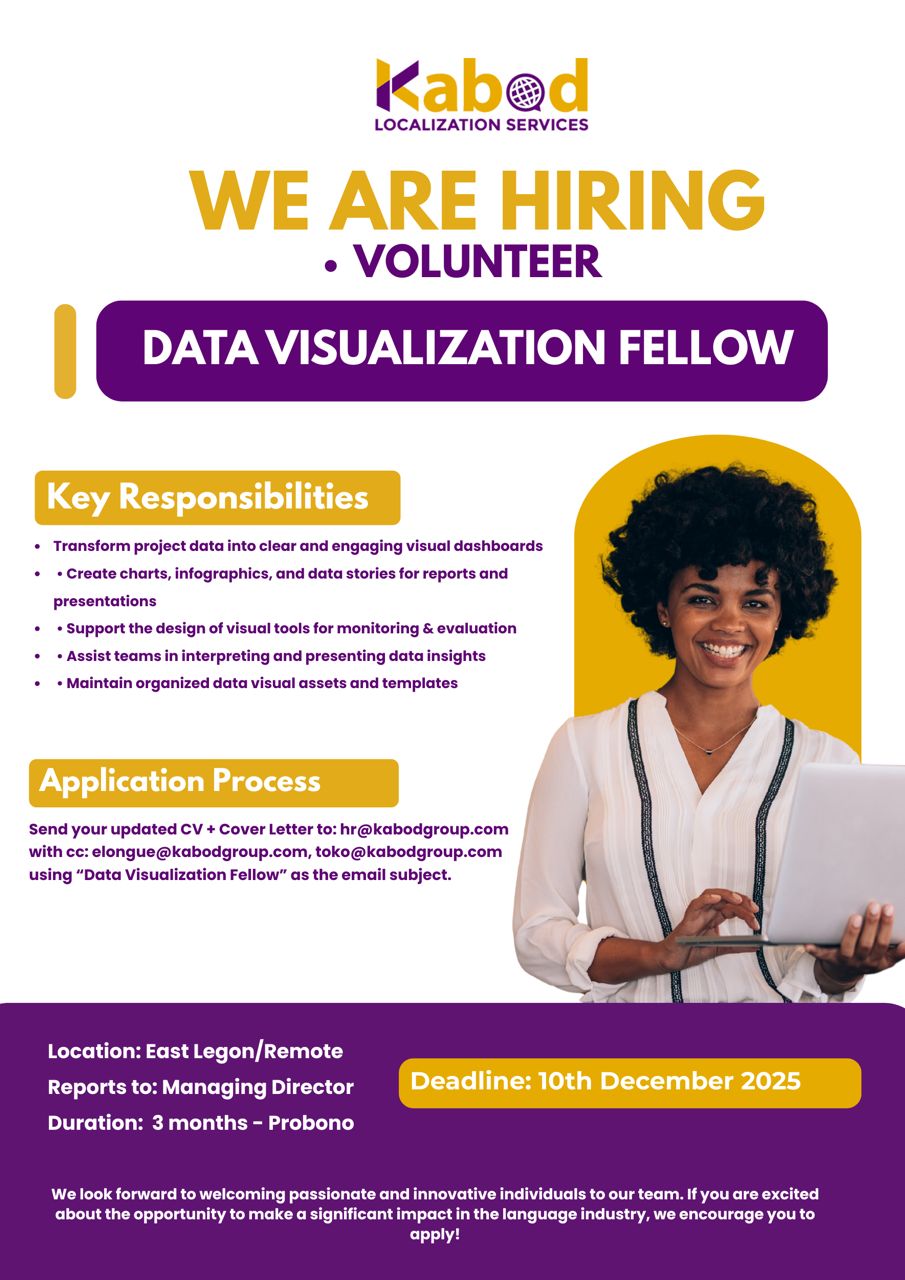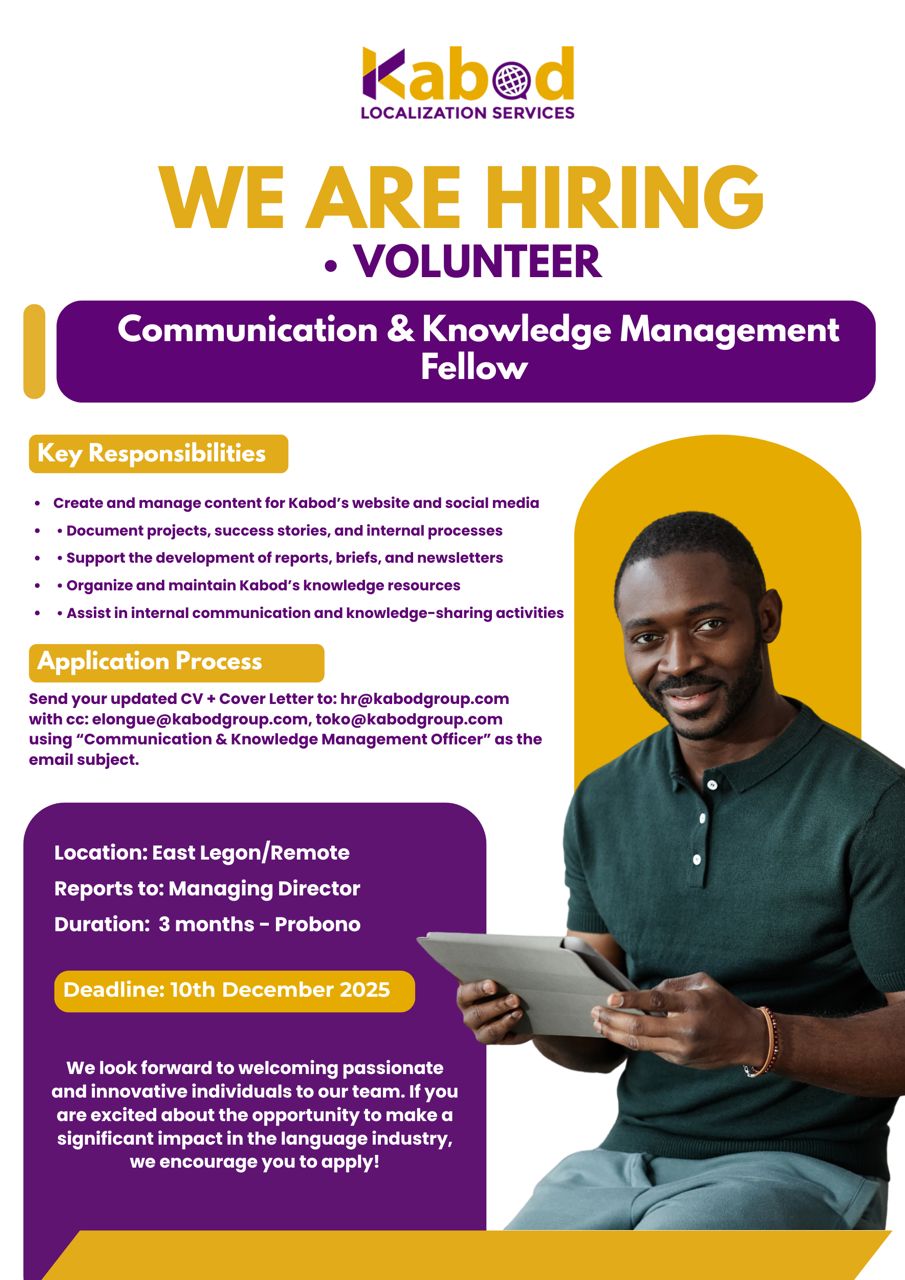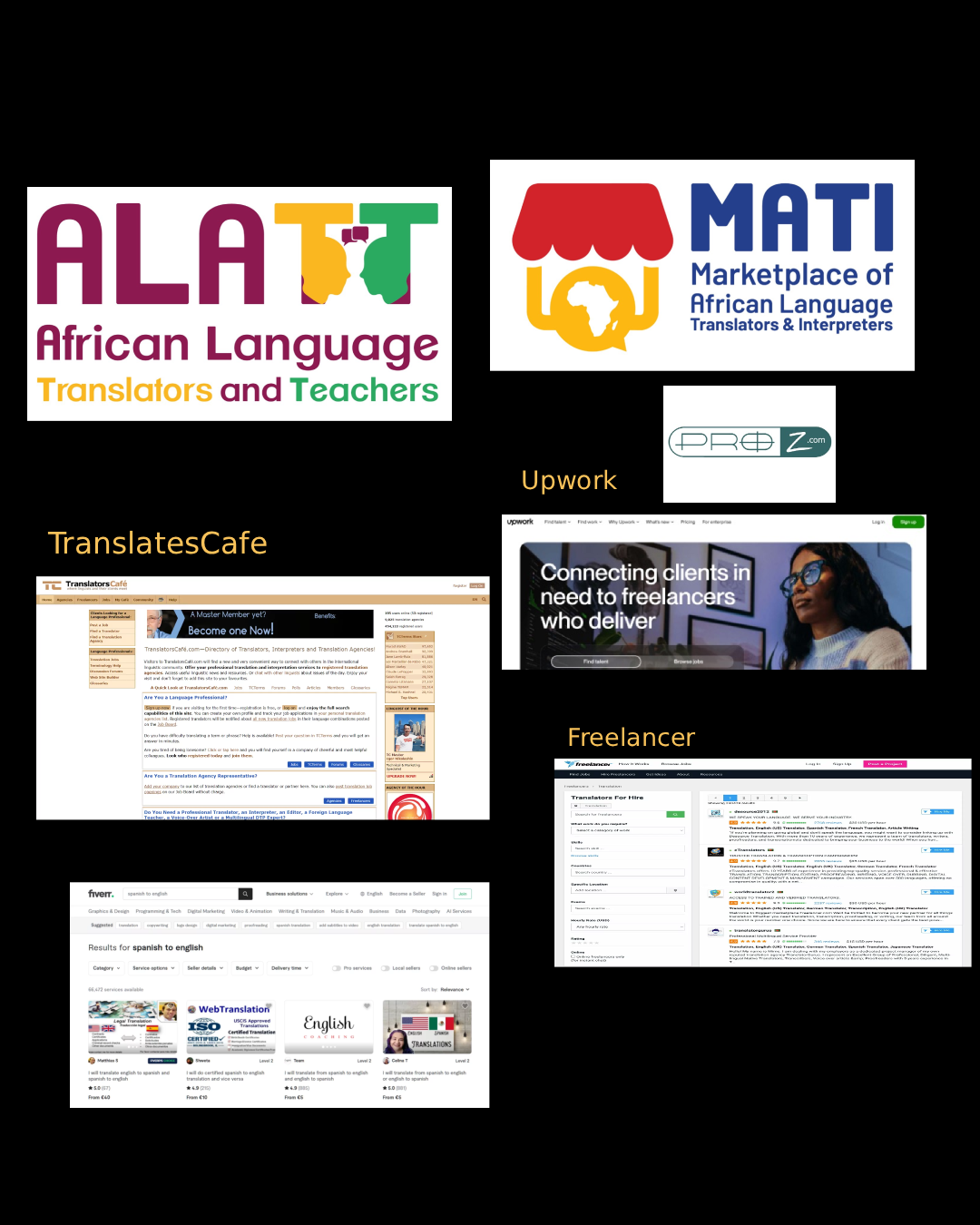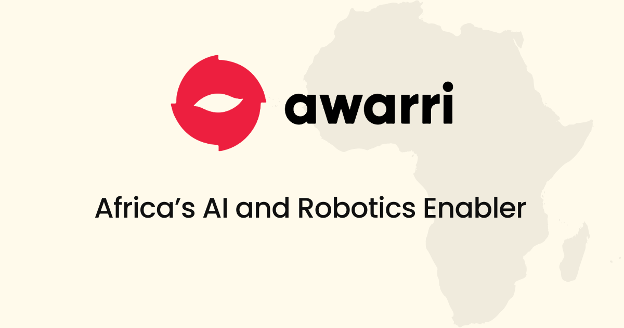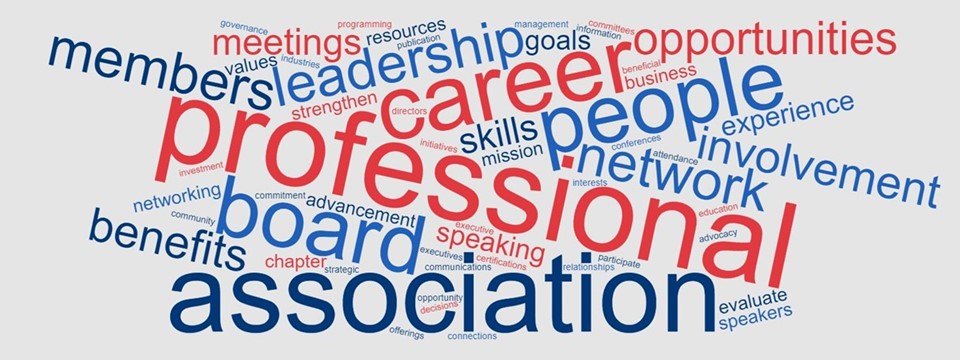
The language services industry in Africa is a dynamic and rapidly growing sector that has increasingly received global attention. This growth, fueled by collaboration and partnerships, is sustained through associations and online communities of language professionals.
The role of these communities is even more significant on a continent with over 2,000 languages. Beyond simply representing translators and interpreters, these organizations are crucial intermediaries between practitioners, markets, and regulatory frameworks. They also address common professional challenges, such as undervalued services, lack of industry-specific training, and low visibility of language professionals in decision-making spaces.
From March to July 2024, Kabod Localization Services (KLS) conducted a survey documenting existing associations on the continent. Below are key findings we can share.
1. Increased emergence and growth of language associations on the continent
| Region | Number of Association | Percentage |
|---|---|---|
| North Africa (Morocco, Tunisia, Egypt) | 3 | 15% |
| West Africa (Ghana, Nigeria, Côte d’Ivoire) | 3 | 15% |
| East Africa (Ethiopia, Rwanda, Uganda, Tanzania) | 4 | 20% |
| Central Africa (Cameroon, Congo) | 4 | 20% |
| Southern Africa (South Africa, Zambia) | 2 | 10% |
| Pan-African/Regional (EAITA, ALCA, ALATT, AIIC Africa) | 4 | 20% |
Table 1: Regional Distribution of Associations
The present analysis focuses on these 20 associations across five African regions, examining their organizational structures, governance mechanisms, and professional development frameworks.
In Southern Africa, we have long-established institutions like the South African Translators’ Institute (SATI), founded in 1956, amidst the independence period. This was a significant milestone, as it reflected an increased interest and recognition of the need for professional language services in a rapidly changing continent. Nigeria then carried the torch forward, establishing the Nigerian Institute of Translation and Interpreters (NITI) in 1978.
In North Africa, Morocco’s AMIC (established 1963), Tunisia’s Interpreters Circle, and Egypt’s EGYTA reflect the region’s unique position as a bridge between Africa and the Arab world. In West Africa, the Ghana Association of Translators and Interpreters (GATI), established in 1992, works in an environment where multiple local languages coexist with English, while AITCI in Côte d’Ivoire navigates the complex landscape of French and indigenous languages.
The East African region presents an interesting case of both national and regional cooperation. The East African Interpreters and Translators Association (EAITA) serves as an umbrella organization, while individual countries maintain their own associations. Recent additions like Rwanda’s RAPTI (2018) and Uganda’s UTIA (2024) show the region’s growing recognition of the importance of organized professional translation services.
Central Africa’s story is particularly intriguing, with Cameroon hosting two major organizations: APTIC and ASTI. This dual presence reflects the country’s unique bilateral heritage and its position as a meeting point for Anglophone and Francophone Africa.
There are also continental bodies such as:
- The International Association of Conference Interpreters through its African regional chapter, AIIC Africa, comprising Central, East, Southern and West Africa was established in February 1979.
- The Association of Language Companies in Africa (ALCA), established in August 2023.
The governance structure of these associations demonstrates a thoughtful blend of academic and industry expertise. There’s an encouraging trend towards more professional governance models, supported by the strong presence of experienced practitioners in leadership positions. This hybrid approach combines theoretical knowledge with practical industry experience, potentially enabling these organizations to serve their members’ diverse needs better.
2. Fragile associations with weak governance structures
| Category (%) | Governance | Professional Standards | Digital Status | Recognition Level |
|---|---|---|---|---|
| Advanced Institutions (15%) | Established governance structures | Comprehensive professional development frameworks | International recognition | Full digital integration |
| Developing Institutions (45%) | Emerging organizational structures | Developing professional standards | Limited digital presence | Regional recognition |
| Emergent Institutions (40%) | Basic organizational frameworks | Nascent professional standards | Minimal digital integration | Local recognition |
Table 2: Institutional Development Categories: Basic, emerging and established
The disparity in institutional presence and capability across different regions suggests a critical need for strategic development in several areas. More established associations like SATI, NITI and ALCA could support the development of new organizations in underserved regions, perhaps through knowledge sharing and resource support.
The digital divide among existing associations also indicates a need for technological capacity building to ensure consistent, high-quality service delivery across all organizations. For example, we observed a limited use of digital payment systems such as PayPal, Stripe etc., inconsistent online member directories, a minimal use of learning management systems and limited virtual event capabilities. Without proper training in new technologies, professionals risk being left behind as machine translation and AI-driven solutions become more prevalent.
3. Challenges facing these associations
Even though Africa’s linguistic diversity is praised, it also presents a unique challenge. With over 2,000 languages, it cannot be easy to build associations that effectively represent all language groups. This fragmentation sometimes results in region-specific organizations with limited national influence, and there is often little coordination between associations across the continent
Aside from the diversity, there are concerns about how people perceive and value language business. The work of many language professionals remains undervalued and underrepresented in many African countries. And many language associations are still struggling to effectively raise awareness about the profession’s role in economic, social, and political spheres. Without recognition, advocating for fair compensation, quality standards, or government support isn’t easy.
Below are other challenges that persist.
i. Ingenuity of doing more with little financial resources
Membership dues often provide the primary funding source, yet these funds are insufficient to support activities like training, certification, and professional development. This financial constraint limits the ability of associations to expand their influence, hold regular events or trainings. For example, less than 20% of language professionals in Africa have access to accredited training, leaving many without formal qualifications. This leaves gaps in standardized quality assurance and limits the ability of African language professionals to compete internationally.
ii. Difficulties in setting standard pricing for language services
This difficulty in standardizing rates reflects the complex nature of language services, where project scope, language pairs, and expertise levels vary greatly. Their limited market research capabilities hinder their ability to gather comprehensive data on pricing trends and market demand. The presence of informal competitors, such as unregistered freelancers and non-professional bilinguals, also disrupts market stability by offering lower rates without quality guarantees.
4. Opportunities for progress in industry
- The African languages conference (AFLC) organised by Ady Namaran Coulibaly (Bolingo Consult), Avishta Seeras (The Lingua-Cultura Experience/Cultura Connector), Christian Elongué (Kabod Group) and with the partnership of the African Academy of Languages (ACALAN). The 4th edition is scheduled from 21st to 28th February 2025
- The Next Billion Conference (NBC) with a focus on language business, sales, marketing and business development in Africa’s language services industry, organized by Kabod Localization Services (KLS)
- The SATI/ATIM Conference organized by the South African Translators Institute (SATI) and the Association of Translators & Interpreters from Mozambique (ATIM).
- The Africa International Translation Conference (AITCO) is a two-day event that gathers language professionals, offering a unique opportunity to connect, learn, and engage with peers from across the globe. It is hosted by the East Africa Interpreters and Translators Association (EAITA), and the 5th edition will be in Zanzibar from February 6th to 9th, 2025.
- The ALCA Annual Conference launched in 2024 for language service companies in Africa and ALCA mentoring program, launched in 2025, would help support young professionals by pairing them with more experienced practitioners.
Recommendations
We identified the following ways to enable associations to strengthen their role in the industry:
- Associations could benefit from creating smaller, local chapters within regions and communities. This structure would enable associations to represent diverse linguistic groups effectively and address region-specific challenges.
- By embracing technology and offering training and certification programs in tools like computer-assisted translation (CAT), remote interpreting platforms, and AI-driven language solutions, associations can help African language professionals stay competitive in the global market.
- To ensure longevity, associations need to engage with young interpreters and translators, offering them mentorship opportunities, internships, and entry-level training programs that allow them to develop their skills and build their networks.
- Beyond international collaborations, African associations should partner with local universities, government agencies, and private businesses to increase visibility and strengthen advocacy for the profession.

